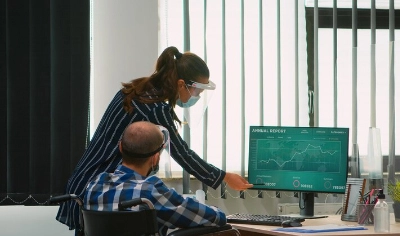Blog
Home »
Our Latest Blog And
Articles.
Drug Regulatory Affairs Interview Questions and Answers
Interview Questions and Answers What is the role of Drug Regulatory...
Pharma QA/QC Interview Questions and Answers
Pharma QA Interview Questions What is the difference between Quality...
Why Hands-On Training in Clinical Research is Essential for Entering the Industry
In the rapidly evolving field of clinical research, theoretical...
Our Categories
Trending Blogs
Drug Regulatory Affairs Interview Questions and Answers
Interview Questions and Answers What is the role of Drug Regulatory...
Pharma QA/QC Interview Questions and Answers
Pharma QA Interview Questions What is the difference between Quality...
Why Hands-On Training in Clinical Research is Essential for Entering the Industry
In the rapidly evolving field of clinical research, theoretical...




